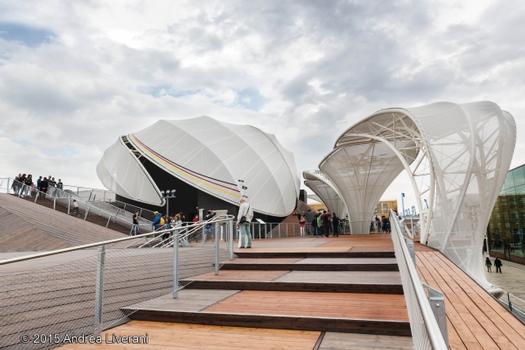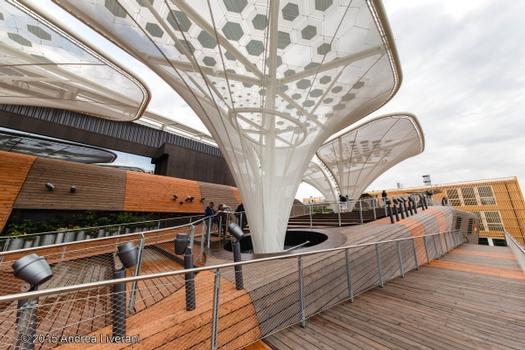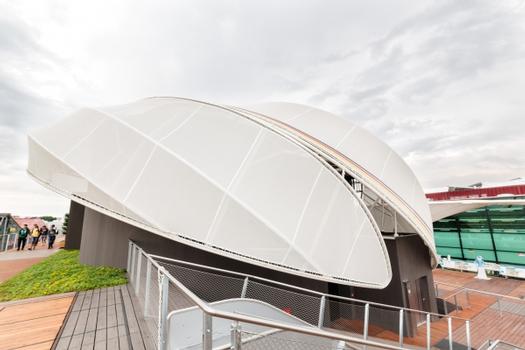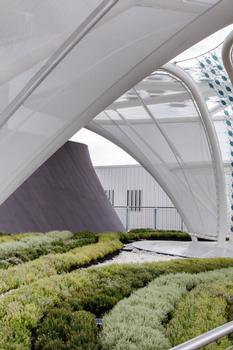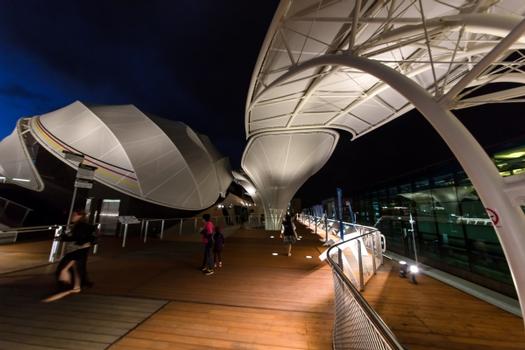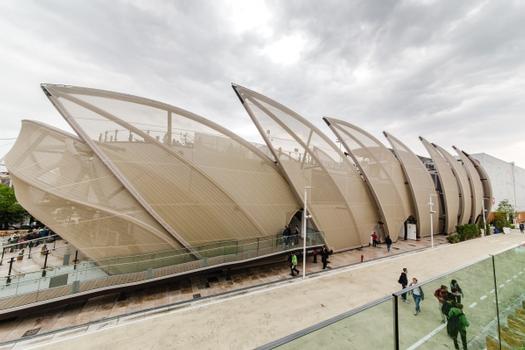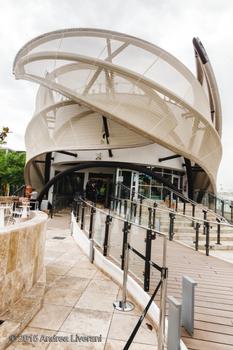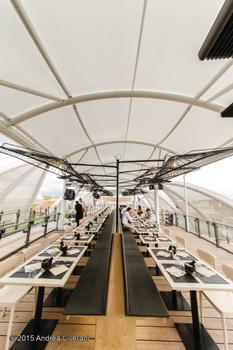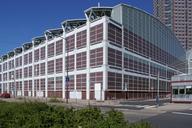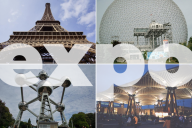Serge Ferrari Contributes to Seven Pavilions for Expo 2015
The architects working on projects at the Milan World Exposition chose to incorporate nearly 20,000m² of flexible composite materials manufactured by the Serge Ferrari Group. This major event brings together countries throughout the world, charitable organisations and private firms, all interpreting the theme “Feeding the Planet, Energy for Life”.
Media
Materials from the French specialist can be found in 15 structures at the Expo, including seven pavilions such as those for China Corporate United, Kuwait, Mexico, Malaysia, France and Germany. Serge Ferrari also provided composite materials for other public structures such as the Children's Park, the Expo ticketing facilities and the Wine Pavilion.
Here is a closer look at two spectacular achievements, the Mexican and German pavilions.
Mexican Pavilion Inspired by Maize
The architecture of this ephemeral building takes its inspiration from maize, or corn, the quintessential Mexican food, and, more precisely, ears of corn. Mexico brought maize to the world and it is now the planet's most widely-grown grain. In pre-Hispanic tradition, Humans were not created by God, but were created by maize and with maize.
Francisco Lopez Guerra of Loguer Design on the reasons for choosing composite materials:
"We were looking for a material that would let us turn the concept of the pavilion into reality. The pavilion's visual impression must immediately bring to mind the theme of the site and its messages, which we chose to integrate in the leaf of a corn stalk," says Francisco Lopez Guerra, architect and project manager. "We were able to meet this challenge through geometric precision and specific materials that necessarily had to possess the following characteristics:
- translucency – the material needed to let in natural light;
- transparency – by day, from the inside to the outside, while preserving the mystery of the location when viewed from the outside; and by night, because the material had to aesthetically enhance the building and turn it into a source of light;
- and the needed wind protection, creation of shade and cooling."
He also adds: "The pavilion was designed to later become a traveling museum. It had to be lightweight, portable and straightforward to reassemble. The choice of Serge Ferrari materials means the Mexican Pavilion is one of the earliest-completed structures at the Expo, ready 50 days before the event opening."
Germany's Fields of Ideas with Composite Floral Sculptures
The pavilion's architecture echoes landscapes of the German countryside in the shape of a slightly sloping field - the "Fields of Ideas". Central structural elements in the pavilion – stylised plants growing on the exhibition surface – represent "idea seedlings" and were created using Serge Ferrari materials.
Lennart Wiechell of the Schmidhuber architectural firm responsible for the design explains:
"We've been able to confirm the qualities of Serge Ferrari materials many times through our numerous collaborations in recent years (Shanghai Expo, London Olympics and now Milan Expo). The Soltis FT material satisfies the technical requirements of structural engineering, fire retardancy and the use of sustainable materials. We are particularly impressed with its aesthetic qualities and swift application. The solar trees become living sculptures – as light and flexible as butterfly wings – because their appearance ceaselessly evolves with the weather and time of day. This material is ideal for ephemeral buildings and fluid shapes. Such curves could only be achieved using Serge Ferrari material."
References
Structure Types
- About this
data sheet - Product-ID
7256 - Published on:
10/09/2015 - Last updated on:
04/11/2015

